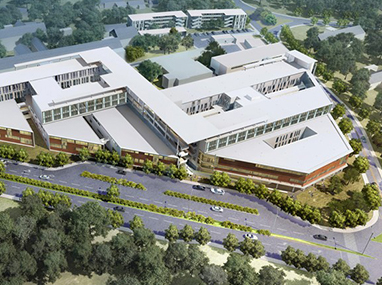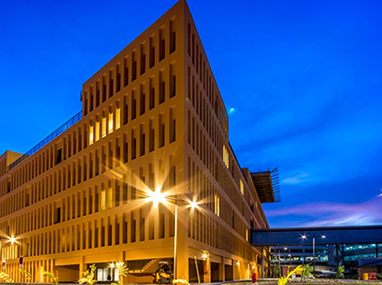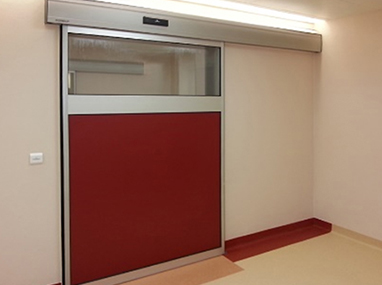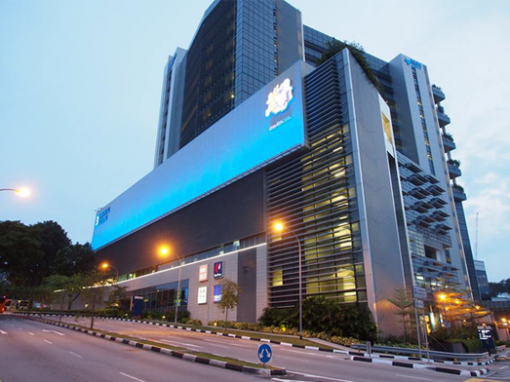Automatic doors for the healthcare sector

In the medical field, reception is a question of comfort and efficiency. Automatic doors are suitable for all types of buildings and allow for all kinds of esthetic choices, providing an image of comfort, modernity, and harmony.
Our high-traffic and wide-opening automatic doors make it easy to move beds or ambulatory material. Detection systems are suitable for people with reduced mobility and carts.
CLINICS, HOSPITALS, LABORATORIES, RETIREMENT HOMES, MEDICAL PRACTICES, DENTAL PRACTICES…
Hospital de la Timone (Marseille), Hospital des Armées (Brest), Hôpital Edouard Herriot (Lyon), Hospital Pitié Salpêtrière (Paris), Hôpital du Val de Grâce (Paris), Clinique Le Méridien (Cannes), Clinique St Antoine (Nice), Laboratoire ASEPTA (Monaco), Centre Héliomarin (Hyeres), Fondation Rotschild (Villeneuve St Denis).


Portalp’s range of automatic doors
Heavy-traffic and wide-opening automatic doors make it easy for beds to move. Detection systems are suitable for carts or for people with reduced mobility.
For operating rooms :
Our hermetic doors are designed to foster good hygiene in sterile environments, acting as a defensive barrier against bacteria.
In radiology rooms :
Protecting against X-ray radiation is a must. Our X-ray door provides this protection to respect current regulations while allowing for a variety of leaf styles.
In other rooms with a controlled environment :
Our leakage flow control doors limit airflow to maintain the level of hygiene required in intensive care units, recovery rooms, and laboratories. They adapt to overpressure or negative pressure constraints.
Our installations in healthcare





 We are very sensitive to the protection of your personal data. We do not use Google Analytics in order to keep control of the data you entrust to us. This data is therefore not transferred to the United States.
We are very sensitive to the protection of your personal data. We do not use Google Analytics in order to keep control of the data you entrust to us. This data is therefore not transferred to the United States.